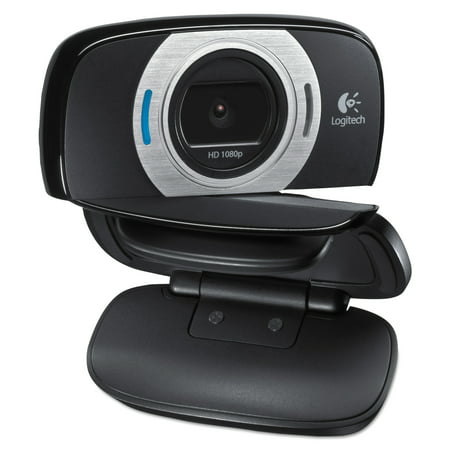Razer Kiyo: Full HD 1080p 30FPS / 720p 60FPS – Built in Adjustable Ring Light – Advanced Autofocus Feature – Streaming Web Camera
MOUNT UP, LIGHT UP, WHAT’S UP With the Razer Kiyo, your fans or friends are always just one click away. With studio-like lighting and full HD capability, it’s great for streaming and video calls, so you can stay connected with the people in your life.Designed and tested by top streamers, the Razer Kiyo is a desktop streaming camera with a powerful, multi-step ring light that you can dim or brighten on command, with the ability to stream at 60 fps for full gaming fidelity. It?s the perfect camera for professional streaming.





HIGH FPS HD VIDEO: 720p 60fps/1080p 30fpsADJUSTABLE RING LIGHT: Removes harsh shadows and maintains an even light source at all timesPLUG AND PLAY: Compatible with popular platforms like Open Broadcaster Software, XSplit, and StreamLabs CertifiedADVANCED AUTOFOCUS FEATURE: Fast and accurate to keep you in focusCOMPACT AND PORTABLE: Perfect for on-the-go streamers and content creatorsFULL CAMERA CONTROLS Enjoy full customization by toggling between Auto and Manual Focus, and adjusting Brightness, Contrast, Saturation and White Balance. You can also choose between different image presets. Create multiple profiles and save different looks on Razer Synapse 3 to suit your streaming needs.Connection type: USB2.0Image resolution: 4 MegapixelsVideo Resolution: 1080p @ 30FPS / 720p @ 60FPS / 480p @ 30FPS / 360p @ 30FPSVideo encoding: YUY2/MJPEG or H.264Still Image Resolution: 2688x1520Image Quality Settings Customization: YesDiagonal Field of View (FOV): 81.6 °Focus Type: AutoMounting Options: L-shape joint and Tripod (Not included)Cable Length: 1.5 meters braided cableAudio Codec: 16bit 48KHzPolar patterns: OmnidirectionalSensitivity: -38dB





Reviews
There are no reviews yet.